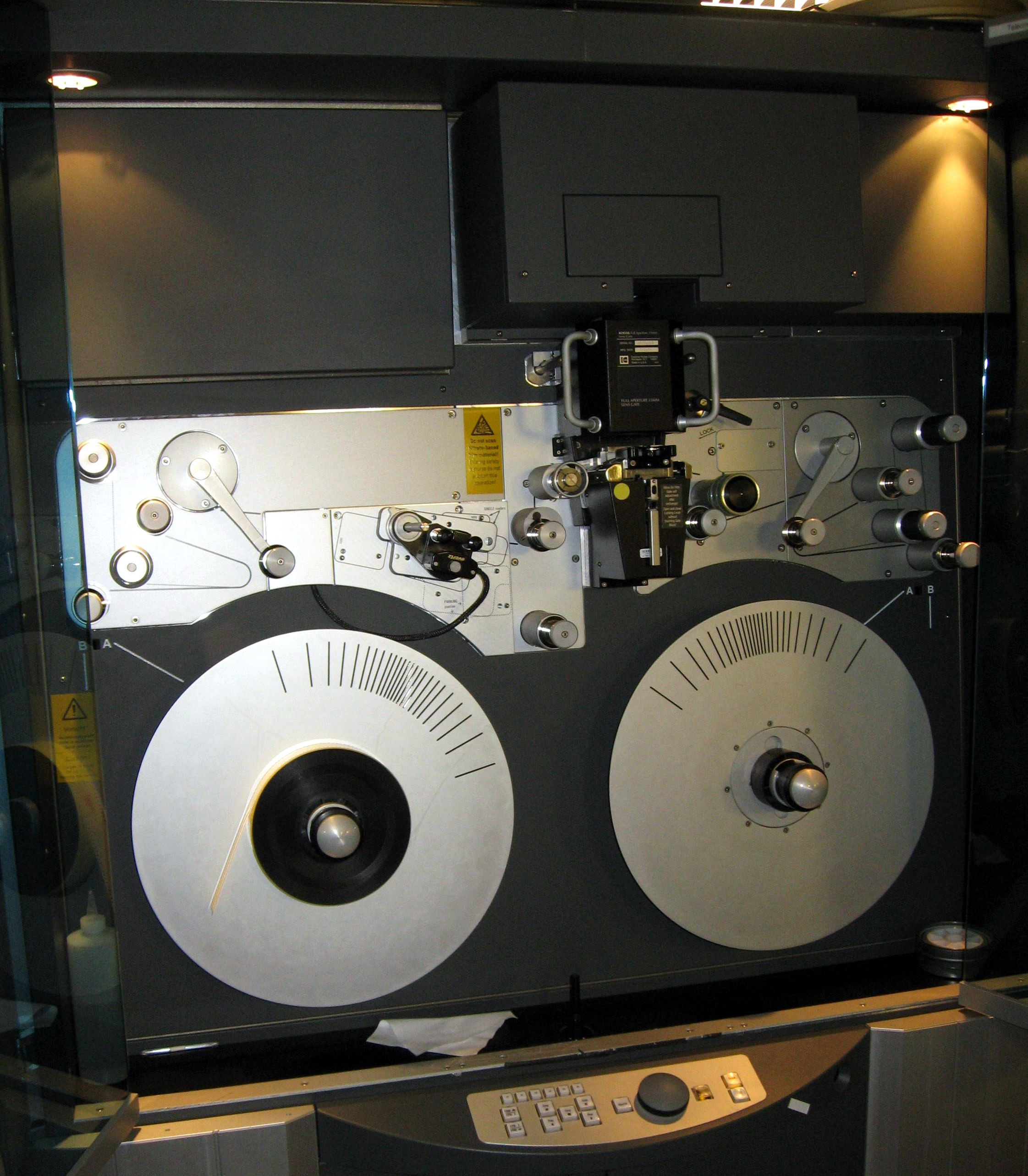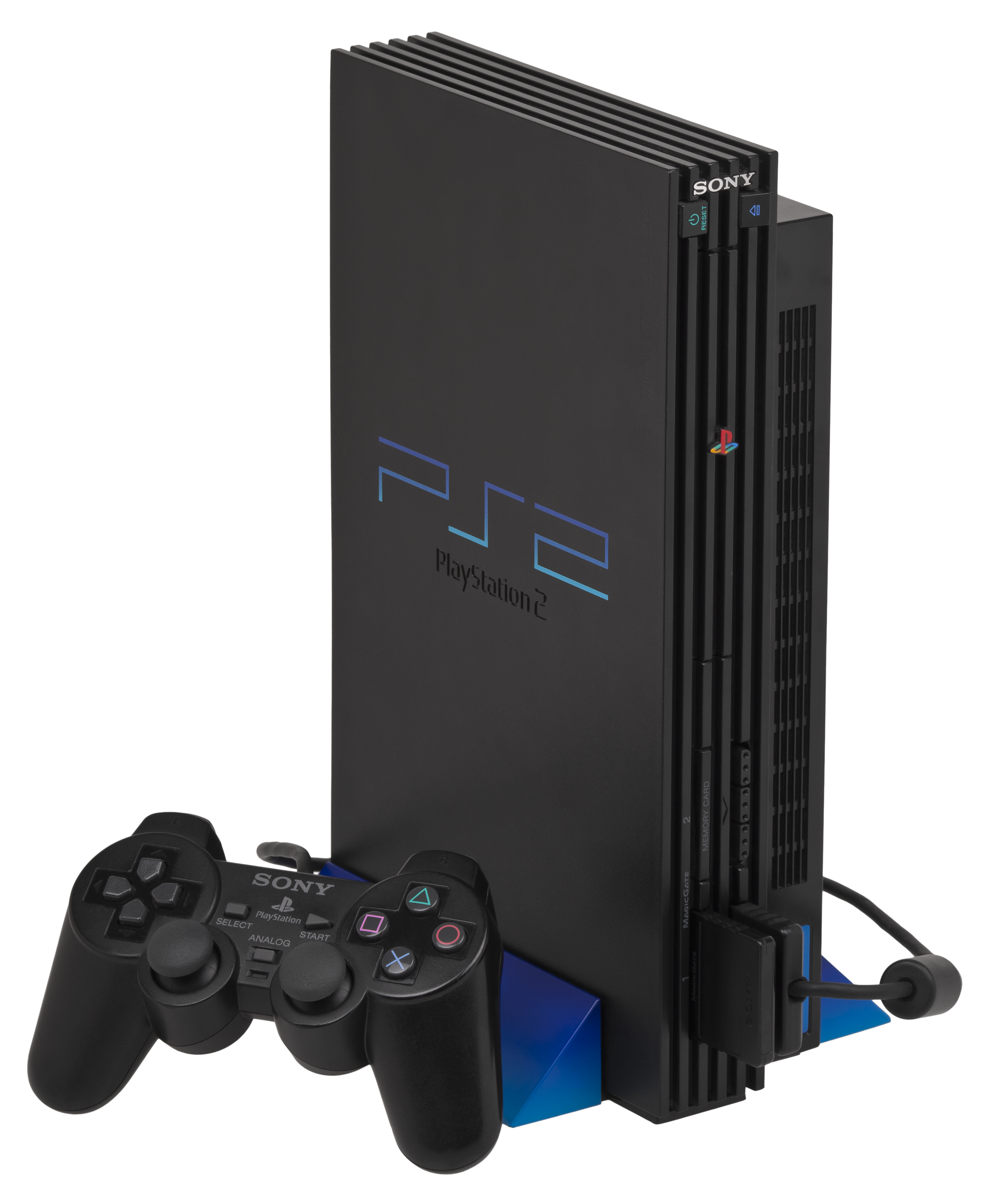|
PAL Markets
The PAL region is a television publication territory that covers most of Europe and Africa, alongside parts of Asia, South America and Oceania. It is named PAL because of the PAL (Phase Alternating Line) television standard traditionally used in some of those regions, as opposed to the NTSC standard traditionally used in Japan and most of North America. More recently, as most countries have stopped using the PAL standard entirely in favor of newer digital standards such as Digital Video Broadcasting, DVB, the term "PAL region" in video gaming means the list of regions it had covered in the past. List Below are countries and territories that used or once used the PAL system. Many of these have converted or are converting PAL to DVB-T (most countries), DVB-T2 (most countries), Digital Terrestrial Multimedia Broadcast, DTMB (China, Hong Kong and Macau) or ISDB (Sri Lanka, Maldives, Botswana and part of South America). PAL B, D, G, H, K or I * (used SECAM) * * * (DVB-T introduct ... [...More Info...] [...Related Items...] OR: [Wikipedia] [Google] [Baidu] |
2008
File:2008 Events Collage.png, From left, clockwise: Lehman Brothers went bankrupt following the Subprime mortgage crisis; Cyclone Nargis killed more than 138,000 in Myanmar; A scene from the opening ceremony of the 2008 Summer Olympics in Beijing; the 2008 Sichuan earthquake kills over 87,000; a destroyed Georgian T-72 tank during the Russo-Georgian War; the Trident Hotel in Mumbai was the site of the November 2008 Mumbai attacks;a line of detritus in a backyard made during the December, 2008 resulting from the Kingston Fossil Plant coal fly ash slurry spill ; Poster in Pristina celebrating the Independence of Kosovo from Serbia., 300x300px, thumb rect 0 0 200 200 Subprime mortgage crisis rect 200 0 400 200 Cyclone Nargis rect 400 0 600 200 2008 Summer Olympics rect 0 200 300 400 2008 Kosovo declaration of independence rect 300 200 600 400 2008 Sichuan earthquake rect 0 400 200 600 Kingston Fossil Plant coal fly ash slurry spill rect 200 400 400 600 2008 Mumbai attacks rect 400 400 ... [...More Info...] [...Related Items...] OR: [Wikipedia] [Google] [Baidu] |
Letterbox (filming)
Letterboxing is the practice of transferring film shot in a widescreen aspect ratio to standard-width video formats while preserving the film's original aspect ratio. The resulting videographic image has mattes (black bars) above and below it; these mattes are part of each frame of the video signal. LBX and LTBX are identifying abbreviations for films and images thus formatted. Etymology The term refers to the shape of a letter box, a slot in a wall or door through which mail is delivered, being rectangular and wider than it is high. Early home video use The first use of letterbox in consumer video appeared with the RCA Capacitance Electronic Disc (CED) videodisc format. Initially, letterboxing was limited to several key sequences of a film such as opening and closing credits, but was later used for entire films. The first fully letterboxed CED release was ''Amarcord'' in 1984, and several others followed including '' The Long Goodbye'', ''Monty Python and the Holy Grai ... [...More Info...] [...Related Items...] OR: [Wikipedia] [Google] [Baidu] |
Telecine
Telecine ( or ) is the process of transferring film into video and is performed in a color suite. The term is also used to refer to the equipment used in the post-production process. Telecine enables a motion picture, captured originally on film stock, to be viewed with standard video equipment, such as television sets, video cassette recorders (VCR), DVD, Blu-ray Disc or computers. Initially, this allowed television broadcasters to produce programs using film, usually 16mm stock, but transmit them in the same format, and quality, as other forms of television production. Furthermore, telecine allows film producers, television producers and film distributors working in the film industry to release their productions on video and allows producers to use video production equipment to complete their filmmaking projects. Within the film industry, it is also referred to as a TK, because TC is already used to designate timecode. Motion picture film scanners are similar to telecines ... [...More Info...] [...Related Items...] OR: [Wikipedia] [Google] [Baidu] |
Full Motion Video
Full-motion video (FMV) is a video game narration technique that relies upon pre-recorded video files (rather than sprites, vectors, or 3D models) to display action in the game. While many games feature FMVs as a way to present information during cutscenes, games that are primarily presented through FMVs are referred to as full-motion video games or interactive movies. The early 1980s saw almost exclusive use of the LaserDisc for FMV games. Many arcade games used the technology but it was ultimately considered to be a fad and fell out of use. In the early 1990s FMV games had a resurgence of interest, the proliferation of optical discs gave rise to a slew of original FMV-based computer games such as ''Night Trap'' (1992), ''The 7th Guest'' (1993), ''Voyeur'' (1993), ''Phantasmagoria '' (1995), and '' Daryl F. Gates' Police Quest: SWAT'' (1995). The introduction of CD-based consoles like 3DO, CD-i, and Sega CD brought the concept of interactive FMV gameplay. Compan ... [...More Info...] [...Related Items...] OR: [Wikipedia] [Google] [Baidu] |
Frame Rate
Frame rate (expressed in or FPS) is the frequency (rate) at which consecutive images ( frames) are captured or displayed. The term applies equally to film and video cameras, computer graphics, and motion capture systems. Frame rate may also be called the , and be expressed in hertz. Frame rate in electronic camera specifications may refer to the maximal possible rate, where, in practice, other settings (such as exposure time) may reduce the frequency to a lower number. Human vision The temporal sensitivity and resolution of human vision varies depending on the type and characteristics of visual stimulus, and it differs between individuals. The human visual system can process 10 to 12 images per second and perceive them individually, while higher rates are perceived as motion. Modulated light (such as a computer display) is perceived as stable by the majority of participants in studies when the rate is higher than 50 Hz. This perception of modulated light as steady is kn ... [...More Info...] [...Related Items...] OR: [Wikipedia] [Google] [Baidu] |
PAL-M
PAL-M is the analogue TV system used in Brazil since 19 February 1972. At that time, Brazil was the first South American country to broadcast in colour. Colour TV broadcast began on 19 February 1972, when the TV networks Globo and Bandeirantes transmitted the Caxias do Sul Grape Festival. Transition from black and white to colour, however, was not complete until 1978. Two years later, in 1980, colour broadcast nationwide in Brazil was commonplace. It is unique among analogue TV systems in that it combines the 525-line 30 frames-per-second System M with the PAL colour encoding system (using very nearly the NTSC colour subcarrier frequency), unlike all other countries which pair PAL with 625-line systems and NTSC with 525-line systems. Origins NTSC being the "natural" choice for countries with monochrome standard M, the choice of a different colour system poses problems of incompatibility with available hardware and the need to develop new television sets and production hard ... [...More Info...] [...Related Items...] OR: [Wikipedia] [Google] [Baidu] |
Tekken 5
is a fighting game developed and published by Namco for the arcades in 2004, and for the PlayStation 2 in 2005. It is the fifth main and sixth installment, in the '' Tekken'' series, marking the tenth anniversary of the series. The game is set shortly after the ending of ''Tekken 4'' showing a new person taking over the '' zaibatsu'' special forces while a sidestory focuses on the protagonist Jin Kazama as he faces several enemies from the G Corporation. The game removes several major gameplay changes introduced in ''Tekken 4'', such as uneven stage terrain, in favor of a faster gameplay akin to the older games in the series. It is also the first game in the series to feature the ability to customize characters with accessories, clothing, and other aesthetic items purchased with in-game currency. There are up to 32 characters to choose from, including seven new fighters, as well as Jin's alter-ego Devil Jin. The home version includes a mode known as Devil Within, a variant of T ... [...More Info...] [...Related Items...] OR: [Wikipedia] [Google] [Baidu] |
Tekken 4
is a fighting video game developed and published by Namco as the fourth main and fifth installment in the ''Tekken'' series, following the release of the non-canon crossover titled '' Tekken Tag Tournament'' in 1999. It was released as an arcade game in 2001, and on the PlayStation 2 in 2002. Placing distinction on the plot in the console version, the tone of ''Tekken 4'' was noticeably darker than other installments of the series. The game also harbored many gameplay revisions, such as the series-unique ability for the player to move about before the round begins and the introduction of walled stages. There are up to twenty-three characters to choose from, including six newcomers. The game's story reveals that Kazuya has been revived following his death 20 years prior and enters the King of Iron Fist Tournament 4 to take back the Mishima Zaibatsu. Its sequel, ''Tekken 5'', was released in 2004. Gameplay ''Tekken 4'' introduced significant new gameplay changes from the previous ... [...More Info...] [...Related Items...] OR: [Wikipedia] [Google] [Baidu] |
History Of Video Game Consoles (sixth Generation)
In the history of video games, the sixth generation era (sometimes called the 128-bit era; see "bits and system power" below) is the era of computer and video games, video game consoles, and handheld gaming devices available at the turn of the 21st century, starting on November 27, 1998. '' Platforms'' in the sixth generation include consoles from four companies: the Sega Dreamcast (DC), Sony PlayStation 2 (PS2), Nintendo GameCube (GC), and Microsoft Xbox. This era began on November 27, 1998, with the Japanese release of the Dreamcast, which was joined by the PlayStation 2 on March 4, 2000, and the Xbox and Gamecube on November 15 and 18, 2001, respectively. In April 2001, the Dreamcast was among the first to be discontinued. Xbox in 2006, GameCube in 2007 and PlayStation 2 was the last, in January 2013. Meanwhile, the seventh generation of consoles started on November 22, 2005, with the launch of the Xbox 360. The major innovation of this generation was of full utilization of ... [...More Info...] [...Related Items...] OR: [Wikipedia] [Google] [Baidu] |
Dreamcast
The is a home video game console released by Sega on November 27, 1998, in Japan; September 9, 1999, in North America; and October 14, 1999, in Europe. It was the first sixth-generation video game console, preceding Sony's PlayStation 2, Nintendo's GameCube and Microsoft's Xbox, and it was Sega's final console, ending the company's eighteen years in the console market. The Dreamcast was developed by an internal Sega team led by Hideki Sato. In contrast to the expensive hardware of the unsuccessful Saturn, the Dreamcast was designed to reduce costs with "off-the-shelf" components, including a Hitachi SH-4 CPU and an NEC PowerVR2 GPU. Sega used the GD-ROM media format to avoid the expenses of DVD-ROM technology and a custom version of the Windows CE operating system to make porting PC games easy. The Dreamcast was the first console to include a built-in modular modem for internet access and online play. Though released in Japan to a subdued reception, the Dreamcast had a su ... [...More Info...] [...Related Items...] OR: [Wikipedia] [Google] [Baidu] |





